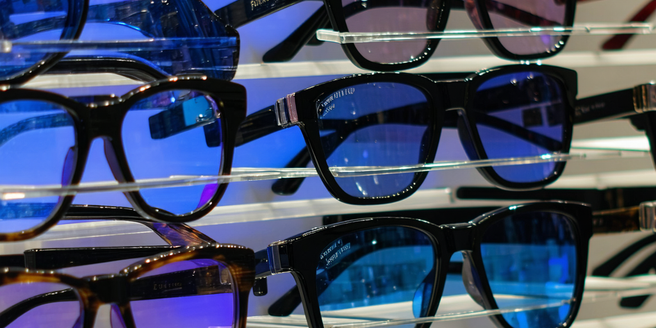
Understanding UV Radiation and Its Effects
UV radiation is a form of electromagnetic radiation that comes primarily from the sun. Exposure to UV rays can lead to several health issues, including sunburn, premature aging, and an increased risk of skin cancer. UV radiation is divided into three types: UVA, UVB, and UVC. While UVC is mostly absorbed by the ozone layer and does not reach the Earth’s surface, UVA and UVB can penetrate the atmosphere and impact our skin. Understanding the effects of UV radiation on the skin is crucial for taking appropriate preventative measures. It’s important to note that UV radiation can penetrate clouds, so sun safety is essential year-round, not just during sunny days. Awareness and protection are key to minimizing the harmful consequences of excessive UV exposure.
Essential Features of Sun-Protective Clothing
When choosing sun-protective clothing, look for garments with a high UV Protection Factor (UPF) rating. UPF measures how much UV radiation a fabric allows to reach the skin. A UPF rating of 50 means the fabric blocks 98% of the sun’s rays. Fabrics that provide adequate coverage, such as long-sleeved shirts and wide-brim hats, are also essential. Additionally, dark or bright colors, as well as tightly woven fabrics, absorb more UV rays and offer better protection. Lightweight and breathable materials, like bamboo or specially treated cotton, ensure comfort without compromising safety. Consider clothing that features moisture-wicking and quick-drying properties to remain cool and dry. By focusing on these features, you can effectively reduce UV exposure and protect your skin from harmful effects.
Top Fabrics for Maximum Sun Protection
When it comes to maximum sun protection, the choice of fabric plays a pivotal role. Polyester and nylon are popular options due to their tightly woven structure, which naturally blocks more UV rays. Synthetic blends often have better moisture-wicking and quick-drying capabilities compared to natural fibers. Cotton, while comfortable, typically provides less UV protection but can be enhanced through treatments. Microfiber is another great option as its dense weave offers substantial protection. Silk and wool, although not common in summer apparel, also provide good UV blocking when wearing lightweight versions. Additionally, denser fabrics like denim can offer excellent sun protection, although they may be less comfortable in hot weather. Choosing the right fabric ensures you have the most effective defense against UV radiation.
Choosing the Right Hats and Accessories
Choosing the right hats and accessories is essential for comprehensive sun protection. For headwear, wide-brimmed hats offer better protection for the face, neck, and ears compared to baseball caps. Look for hats made from UV-protective materials or that have been treated to enhance their UPF rating. Sunglasses are crucial for protecting the eyes from UV radiation; opt for pairs that block 100% of UVA and UVB rays with wrap-around frames to guard against peripheral exposure. Scarves and face covers can provide extra protection for sensitive skin areas. Meanwhile, UV-protective gloves can be important for prolong exposure outdoors. Even if clothing provides coverage, adding accessories ensures that no skin is exposed to harmful UV rays, offering thorough protection against sun damage.
Sun Safety Tips for Children and Adults
Sun safety is crucial for both children and adults, as skin cancer risks are present at any age. Children have more sensitive skin, making high UPF clothing and broad-spectrum sunscreen vital for outdoor activities. Apply sunscreen generously and reapply every two hours, or more often if swimming or sweating. Encourage wearing hats and sunglasses to protect sensitive facial skin and eyes. For adults, continually monitor your skin for changes and visit a dermatologist regularly. Limit outdoor activities during peak UV hours, typically between 10 a.m. and 4 p.m., when the sun’s rays are strongest. Remember that sand and water can reflect UV rays, increasing exposure risk, so take extra precautions in those environments. Staying informed and prepared can significantly reduce the risk of sun-related health issues.
Maintaining and Caring for UV-Protective Gear
Proper maintenance of UV-protective gear is essential to retain its effectiveness. Follow the care instructions on clothing to avoid damaging the fabric’s UV-protective properties. Generally, machine wash in cold water with mild detergent, and avoid bleach or fabric softeners as they can degrade the materials. Line drying is preferable to maintain fabric integrity, but if using a dryer, opting for the low heat setting is recommended. Storing clothes away from sunlight when not in use prevents UV exposure from reducing their efficacy. Inspect clothing for wear and tear regularly since stretched or faded fabrics may offer less protection. Replacing clothing and accessories when they show signs of significant wear ensures continuous protection and prolongs the life of your UV-protective investments.
